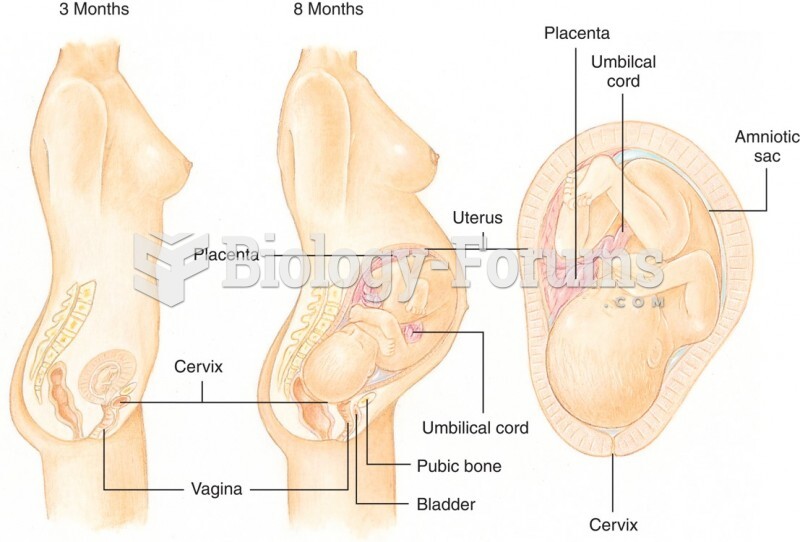|
|
|
Did you know?
People about to have surgery must tell their health care providers about all supplements they take.
Did you know?
Individuals are never “cured” of addictions. Instead, they learn how to manage their disease to lead healthy, balanced lives.
Did you know?
About one in five American adults and teenagers have had a genital herpes infection—and most of them don't know it. People with genital herpes have at least twice the risk of becoming infected with HIV if exposed to it than those people who do not have genital herpes.
Did you know?
Approximately 25% of all reported medication errors result from some kind of name confusion.
Did you know?
The FDA recognizes 118 routes of administration.







